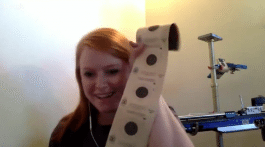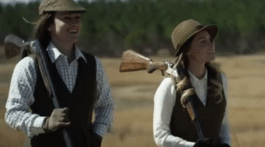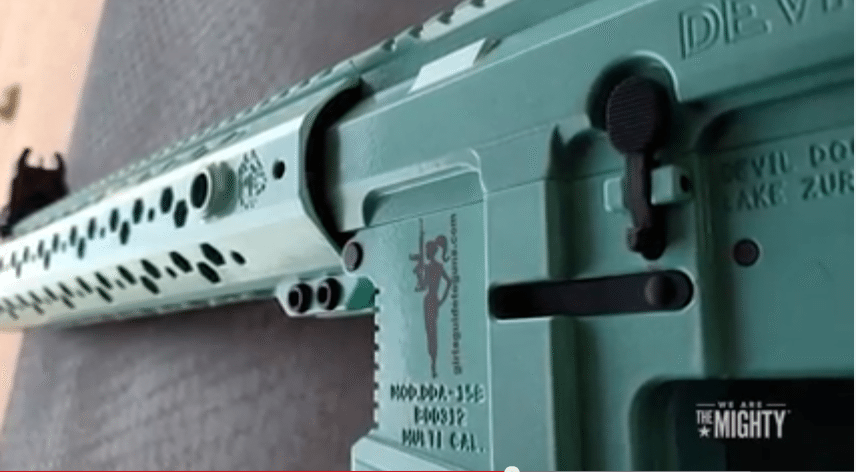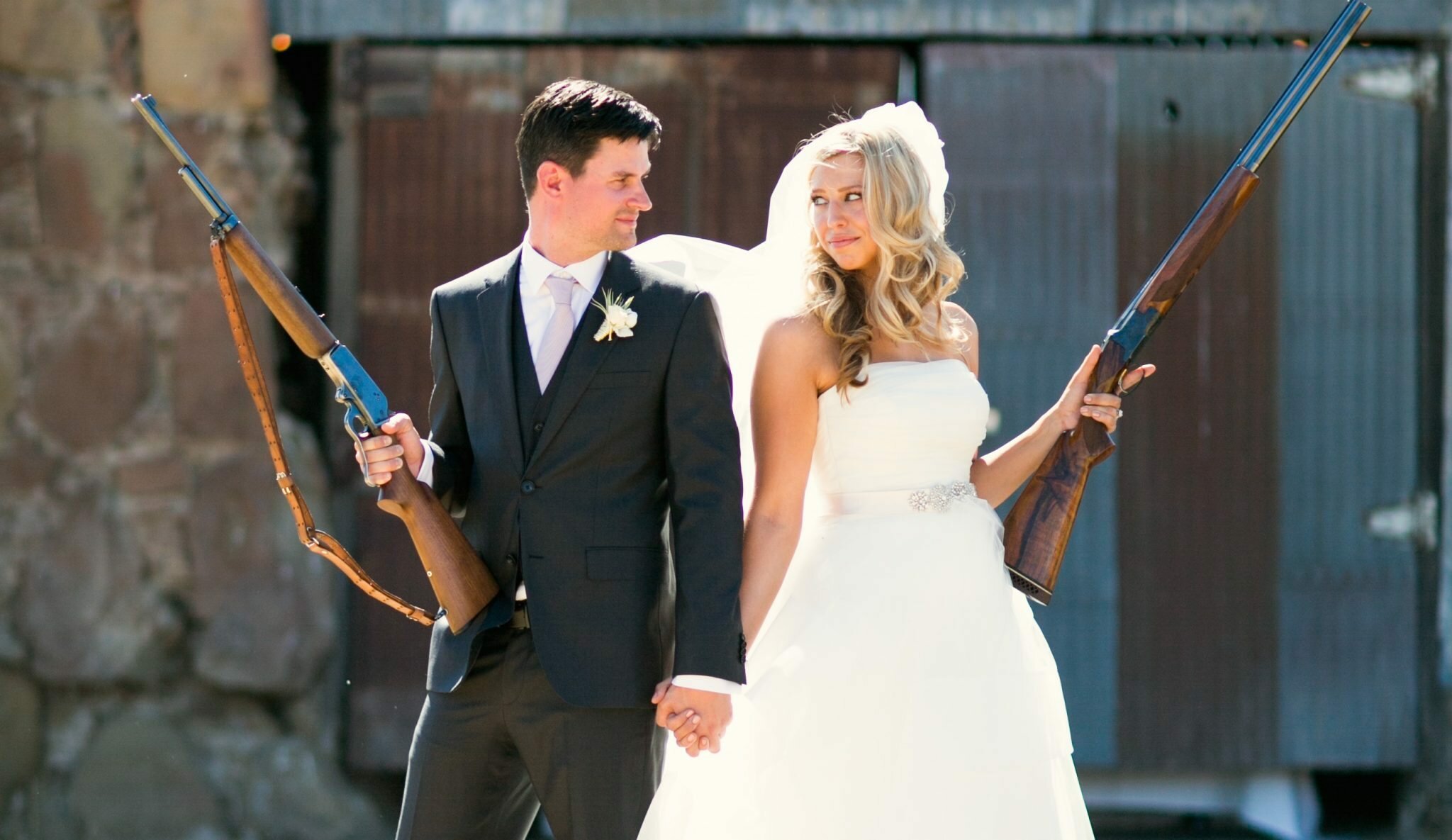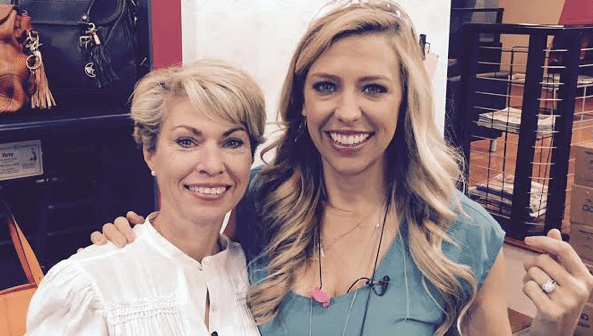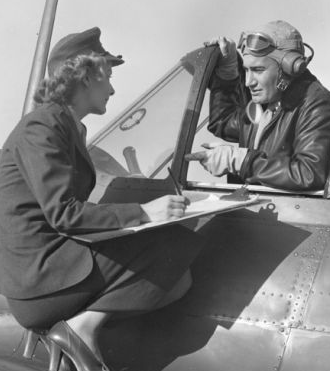Every once in a while I think it is important to take a look at where we came from. History lessons like this one are vital and we are in the fortunate position of having a few of these women around to tell their story. Check out this piece and pause for a moment to reflect on the importance these women played in our freedom and right to bear arms. Please note: This is not a political story – this is an historical one. Please treat it as such in the comments.
Women key part of Cherry Point, Marine Corps history
Highly trained, highly motivated and indispensable to the war effort, they were called the Lady Leathernecks.
At the height of World War II at Cherry Point, 2,662 Marine Corps Women’s Reserve officers and enlisted personnel had jobs,
including radio operator, parachute rigger, aircraft mechanic, aerial photographer, chemical warfare specialist, combat conditioning and gunnery, and public relations. By the war’s end, there were 19,000 Women’s Reserves nationwide and some 40 percent were in aircraft support, mostly as mechanics.
Gladys A. Hansis, one of the first to arrive, recalled coming to Cherry Point in the late summer of 1943 to serve as a radio operator. She was one of the more than 600 women reservists at the 1-year-old base, which was swelling with more than 14,000 personnel, mostly men who were rapidly departing for combat duty in the Pacific theater.
In a Veterans History Project for the National Archives, Hansis said there was just one barracks for women Marines in 1943.
“Of course we were looked at as something different you know,” she said.
Their motto was “Free a Marine to Fight.”
…….
“When I came in the Marine Corps, women could only wear skirts. Skirts and makeup was a big thing when I came in,” she said. “You got the secretarial jobs, and I came in and did aviation supply and was into ground supply. When I came in, you did not shoot on the rifle range.”
Now she’s considered an expert in pistols, rifles, machine guns and grenade launchers.
“If it’s in our arsenal, I’ve shot it, so you go from one extreme to the other in my career,” she said. “So, you can see where women were working their way up to maybe in the future being in a combat role, which I think is where we are at now.”
She said she takes pride in being a woman in the Marine Corps.
“There’s quite a bit of pride,” she said. “There were a lot of ups and downs in those 30 years that go from where we started at, wearing skirts and doing more the administrative role, all the way over to I’ve been to Iraq and Afghanistan and back again.
“I have a lot of pride for my entire career from the things that I’ve done. I’ve been a drill instructor. I’ve trained many Marines to do the job that they need to do. I’ve trained them in their MOSs. I’ve been on ship. Women weren’t allowed on ship until 1994. They were actually only allowed on hospital ships on some of the ships that the Navy had. The Marine Corps in 1994 allowed us to be on ship.
“There’s been a lot of changes throughout my career that I was proud to see and be part of. Looking back, so many things have changed for females. Males have had a lot of changes too, but the females particularly.
“When I came in the Marine Corps, women could only wear skirts. Skirts and makeup was a big thing when I came in,” she said. “You got the secretarial jobs, and I came in and did aviation supply and was into ground supply. When I came in, you did not shoot on the rifle range.”
Now she’s considered an expert in pistols, rifles, machine guns and grenade launchers.
“If it’s in our arsenal, I’ve shot it, so you go from one extreme to the other in my career,” she said. “So, you can see where women were working their way up to maybe in the future being in a combat role, which I think is where we are at now.”
She said she takes pride in being a woman in the Marine Corps.
“There’s quite a bit of pride,” she said. “There were a lot of ups and downs in those 30 years that go from where we started at, wearing skirts and doing more the administrative role, all the way over to I’ve been to Iraq and Afghanistan and back again.
“I have a lot of pride for my entire career from the things that I’ve done. I’ve been a drill instructor. I’ve trained many Marines to do the job that they need to do. I’ve trained them in their MOSs. I’ve been on ship. Women weren’t allowed on ship until 1994. They were actually only allowed on hospital ships on some of the ships that the Navy had. The Marine Corps in 1994 allowed us to be on ship.
“There’s been a lot of changes throughout my career that I was proud to see and be part of. Looking back, so many things have changed for females. Males have had a lot of changes too, but the females particularly.”
”
https://www.havenews.com/news/corps-9408-point-war.html

